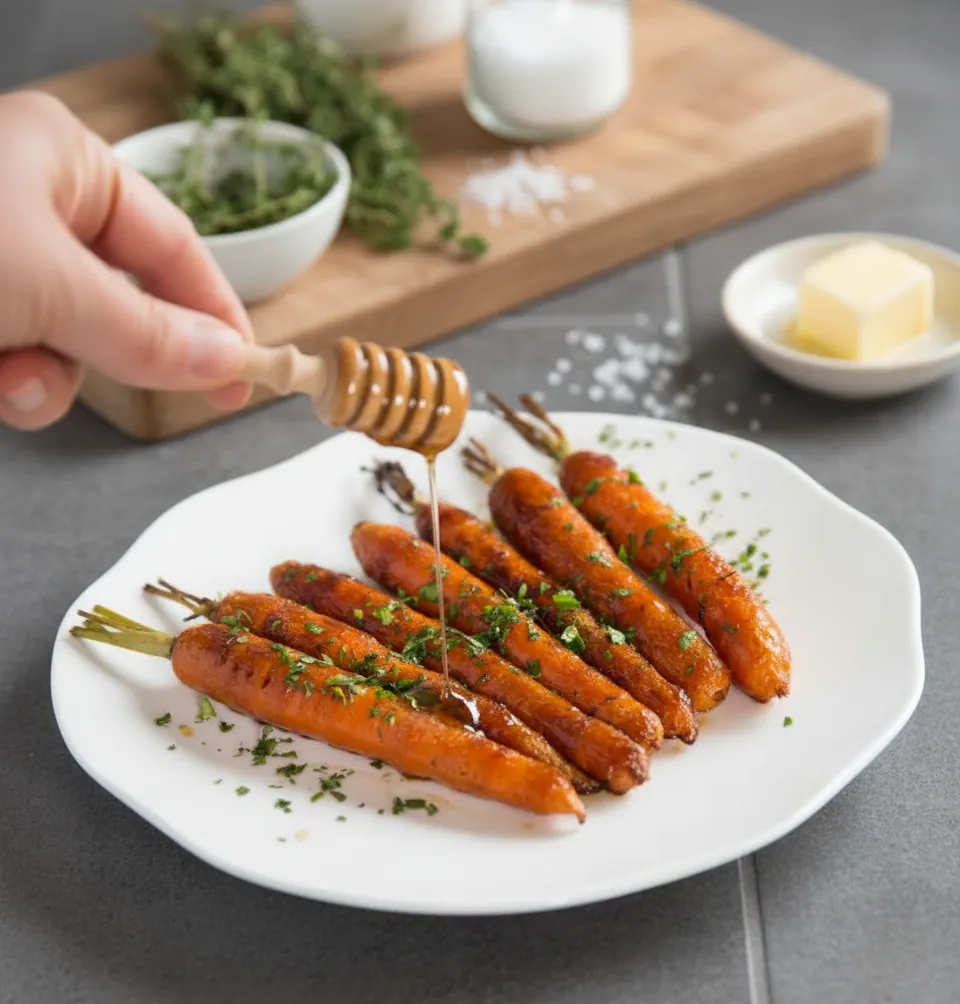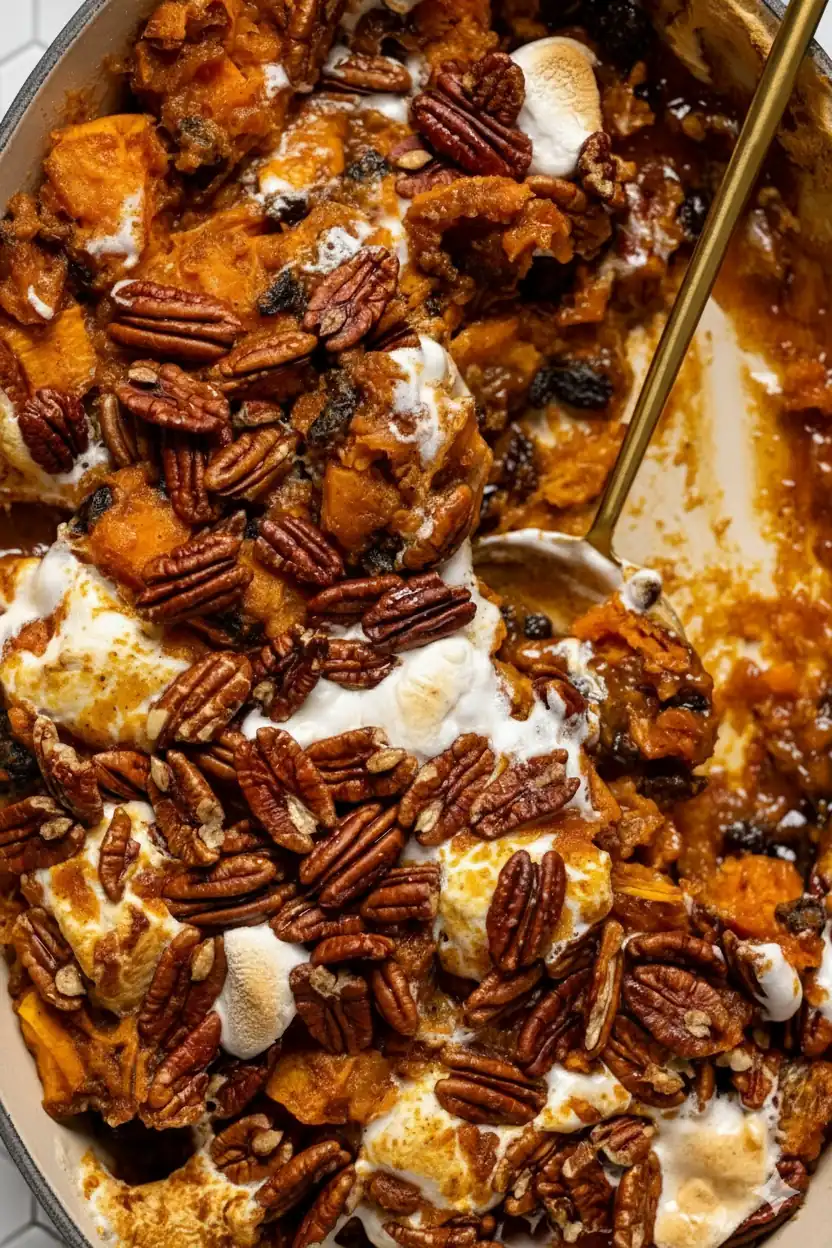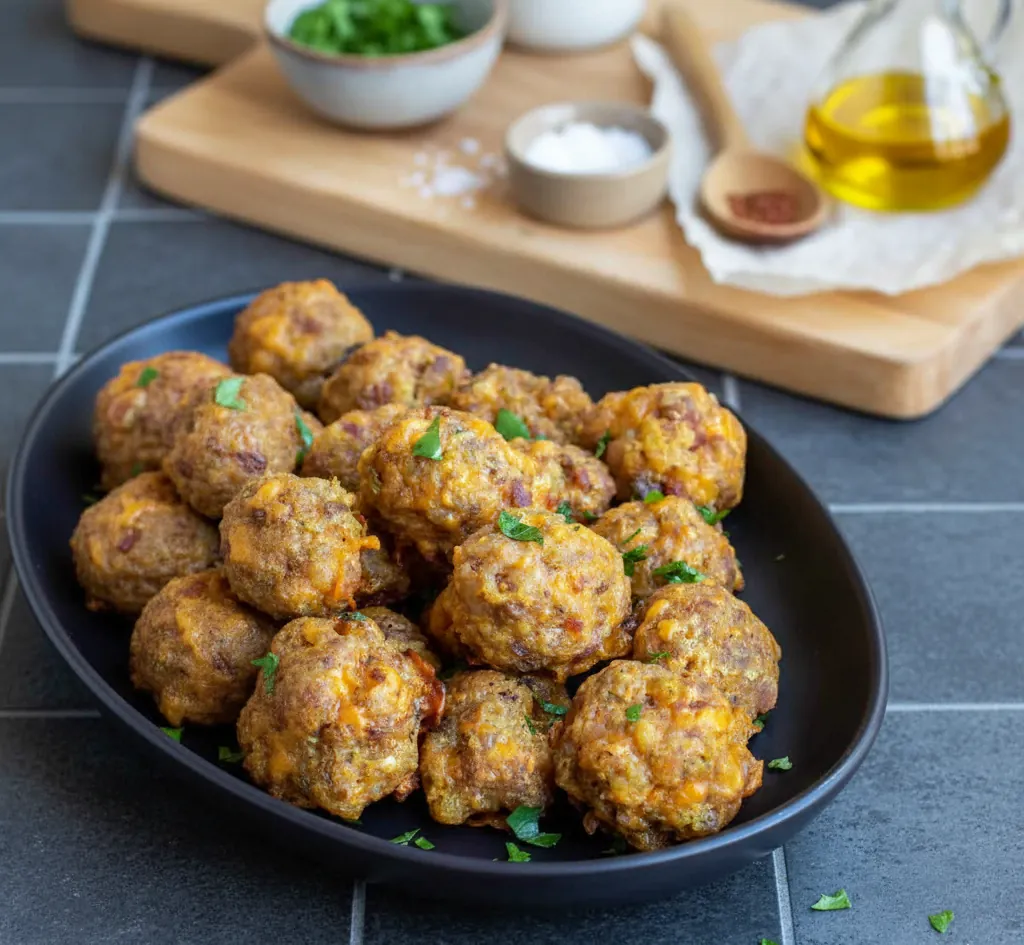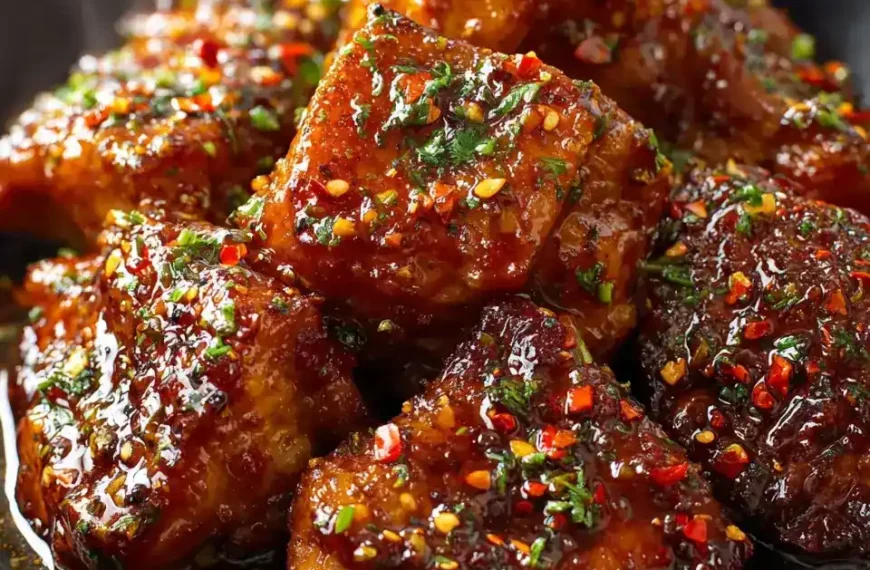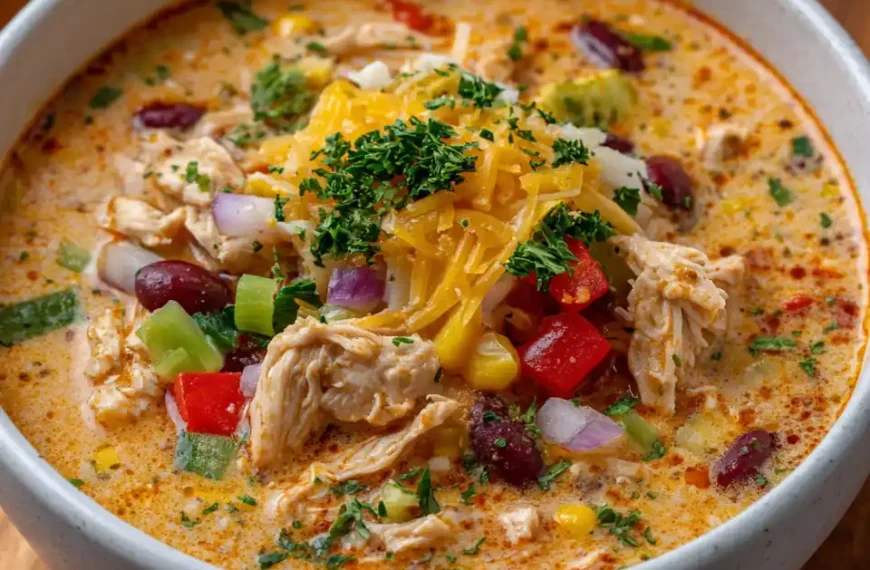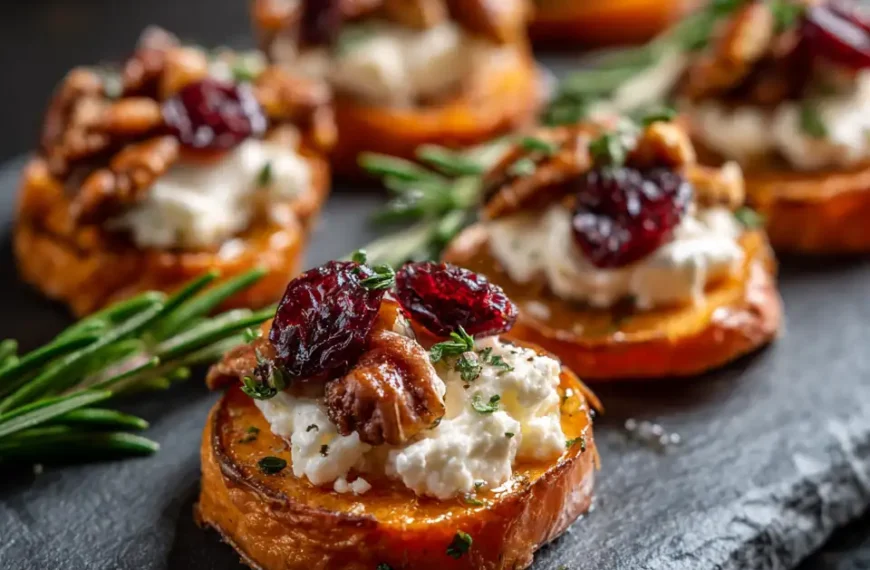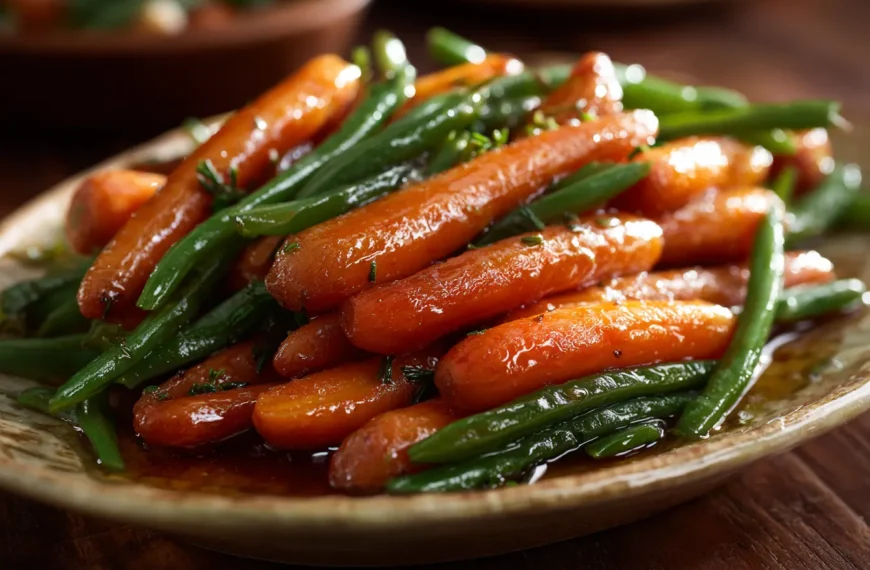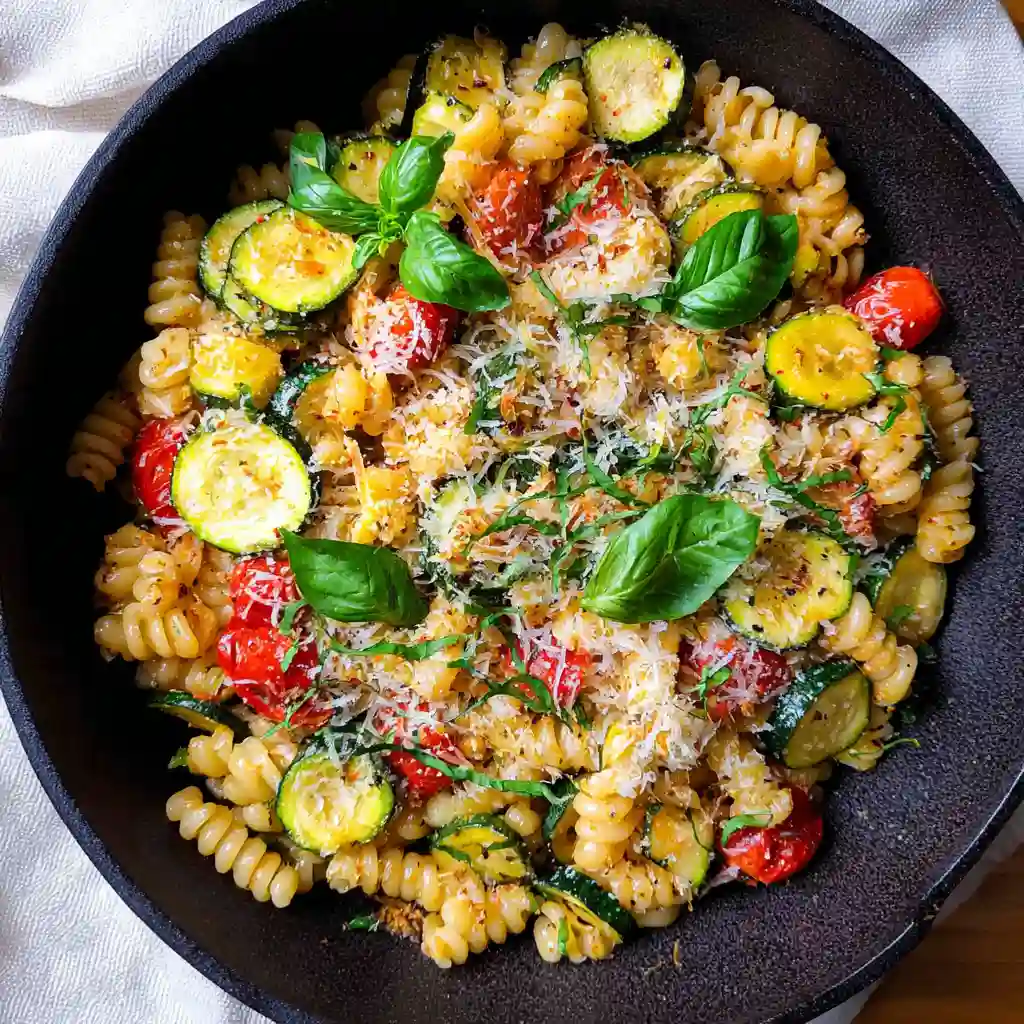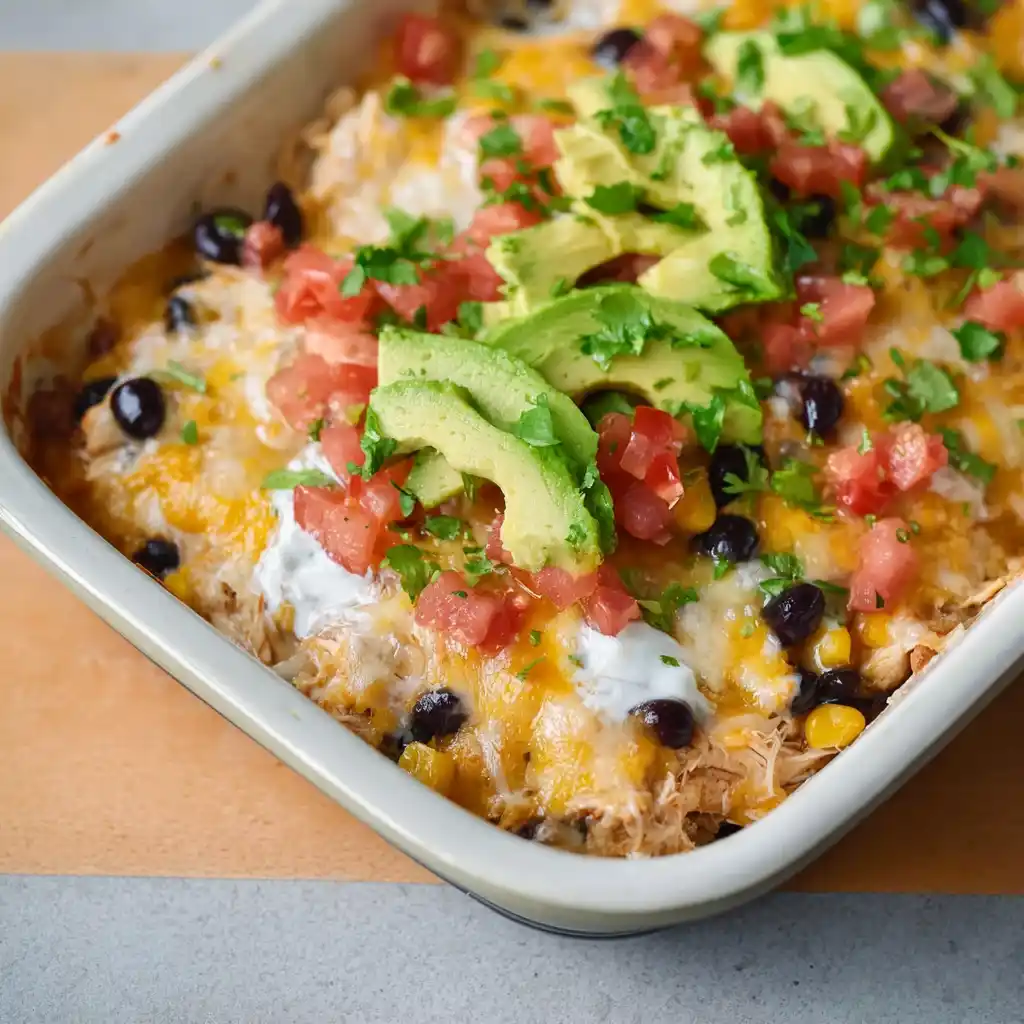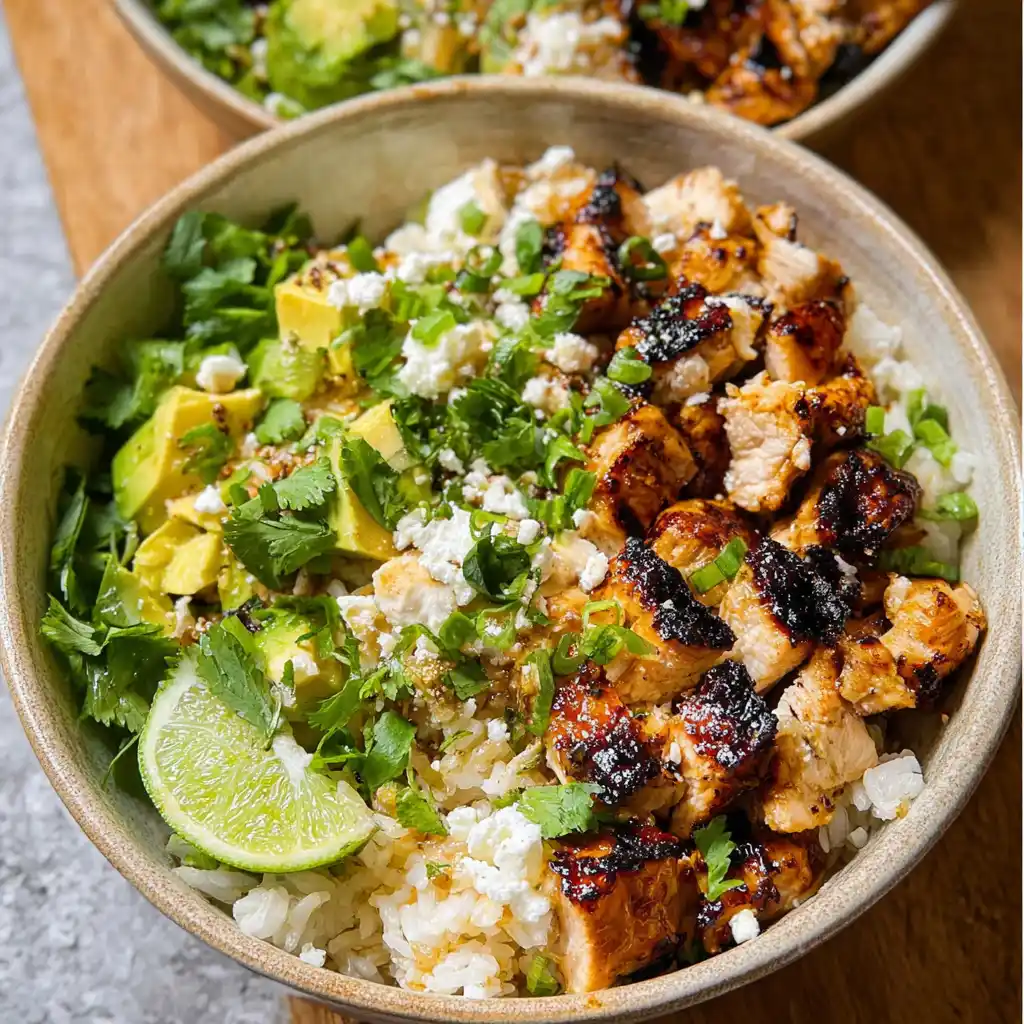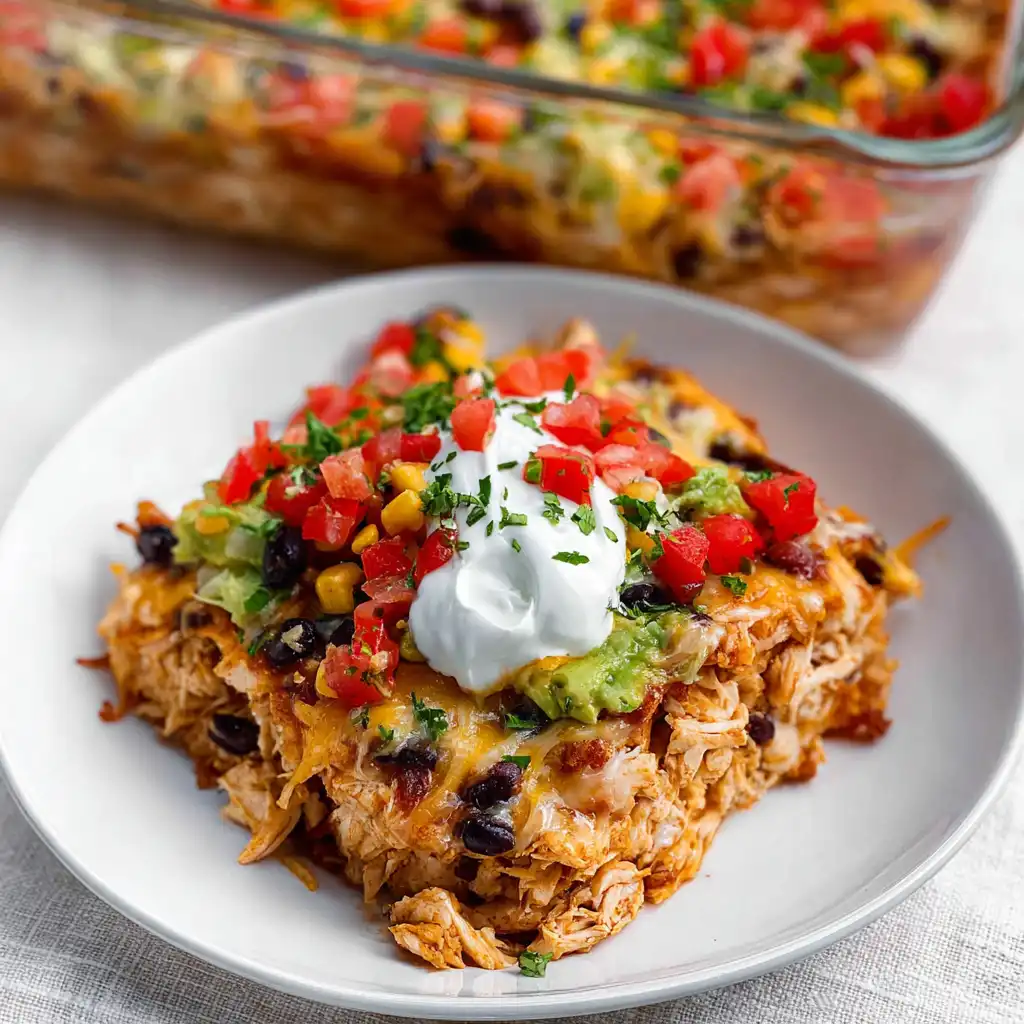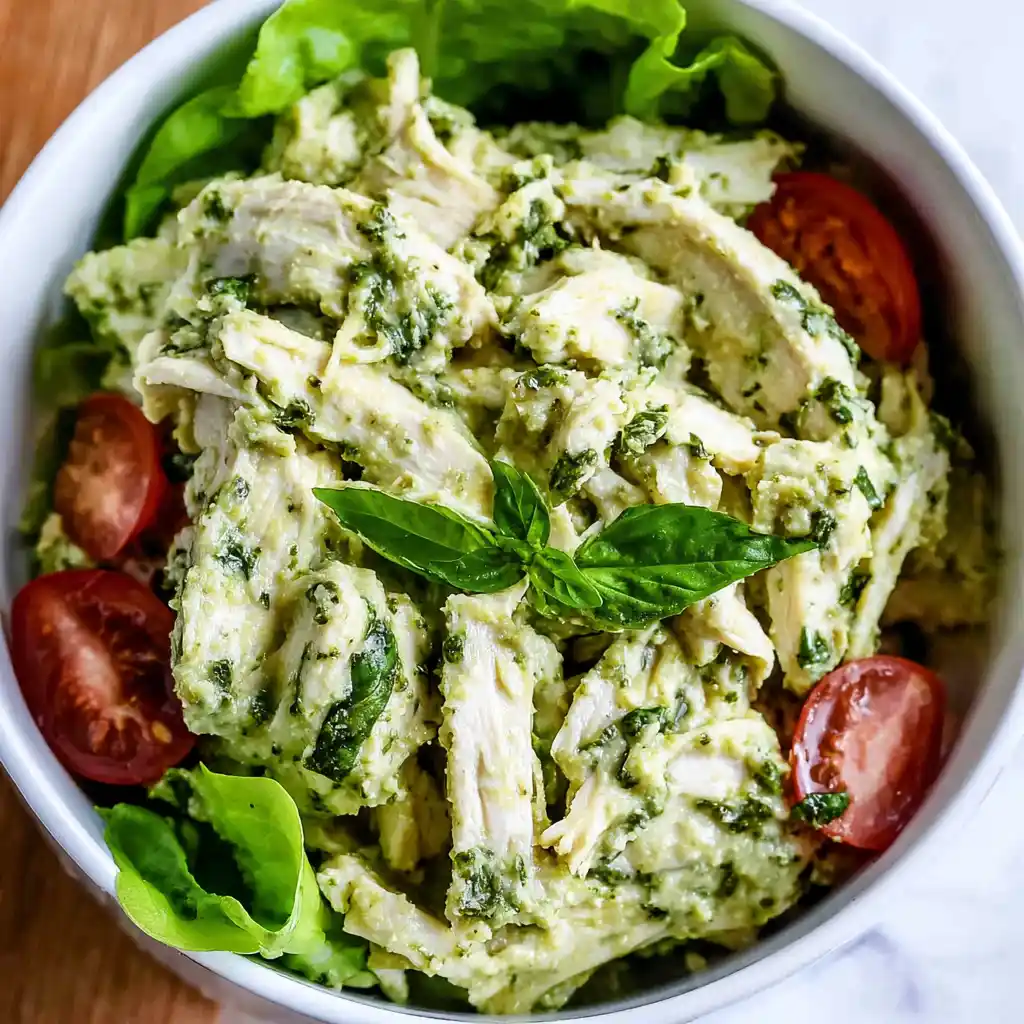Introduction
Thanksgiving dinner is about gathering around the table, sharing comfort, and celebrating flavor—and these Honey Balsamic Roasted Carrots are everything a side dish should be. They’re sticky, sweet, tangy, and roasted until the edges are just crisp enough to hold their own next to buttery mashed potatoes and juicy turkey. With a simple glaze made from pantry staples and a few sprigs of fresh thyme, these carrots bring brightness and balance to a heavy holiday spread. Whether you’re feeding two or twenty, this recipe adds something unexpected to your lineup: a vegetable that might just outshine the bird.
Honey Balsamic Roasted Carrots – A Thanksgiving-Worthy Side
Roasted Carrots That Belong at the Holiday Table
Some side dishes stay in the background—but not this one. These Honey Balsamic Roasted Carrots deliver the perfect contrast to the savory richness of stuffing, gravy, and turkey. They’re glossy, tender, and caramelized in all the right places. One bite in, and guests will be asking, “Wait—what’s in these carrots?”
The secret lies in the oven. Roasting brings out the carrot’s natural sweetness, giving them a slightly chewy, golden edge while keeping the centers soft and vibrant. They’re rustic enough for a casual Friendsgiving, yet elegant enough for a white-tablecloth dinner. And most importantly, they hold their own on a plate full of bold Thanksgiving flavors.
A Glaze That Balances the Feast
Thanksgiving dishes often lean heavy—think buttery rolls and creamy casseroles. This honey balsamic glaze cuts through all that richness with a sweet-tart balance that wakes up your palate. Just honey, balsamic vinegar, olive oil, and a pinch of salt and pepper. That’s all it takes. But once it hits the heat, it reduces into a sticky, flavorful coating that clings to the carrots like candy.
You’ll glaze twice: once at the start, and once near the end for a deep caramel finish. A few sprigs of fresh thyme roast alongside the carrots, infusing the tray with a gentle herbal note that pairs beautifully with the glaze. And right before serving, a sprinkle of parsley gives them a pop of color and a final hint of freshness.
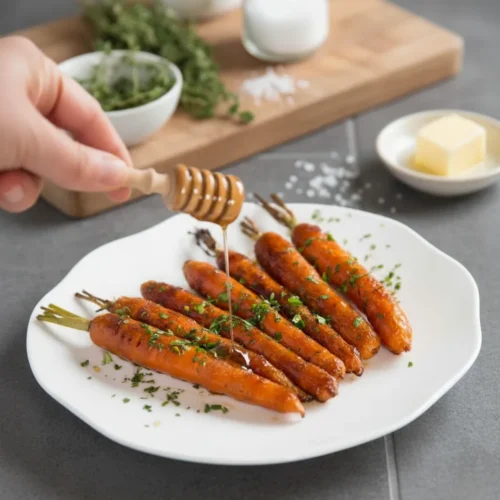
Honey Balsamic Roasted Carrots
Equipment
- Baking Tray
- Spatula/Turner
- Small bowl (for glaze)
- Peeler (optional)
- Sharp Knife & Chopping Board (for parsley)
Ingredients
- 1 lb / 500g medium sized Carrots see notes
- 2 tbsp Honey
- 2 tbsp Balsamic Vinegar
- 1 tbsp Olive Oil
- few sprigs of Fresh Thyme
- sprinkle of Fresh Parsley finely diced
- Salt & Pepper to taste
Instructions
- Preheat oven to 375/190c. In a small bowl, mix 2 tbsp honey, 2 tbsp balsamic vinegar, 1 tbsp olive oil and a pinch of salt and pepper.
- Trim the tips off your carrots and slice in half lengthways, to make 2 even and thinner carrots. If your carrots are large then quarter them. If your carrots are very thin/small then you can leave them whole. It’s important that all the carrots are similar size/thickness. (see notes)
- In a suitably sized tray, combine your carrots, a few sprigs of thyme and 3/4 of your glaze, ensuring you coat the carrots as evenly as possible. Roast for 15-20 mins or until the carrots start to caramelize. If at any point you see the vinegar beginning to char on the baking tray, mix the carrots and nudge down the heat.
- Take the tray out the oven, flip the carrots and pour over the rest of your glaze. Pop back in the oven until fully caramelized and sticky. This can take up to another 20-25mins depending on the size of your carrots. Please be vigilant and don’t be tempted to whack up the heat. Anything over 390f/200c risks burning the glaze.
- Serve by removing the thyme stalks and sprinkle with fresh parsley. I also recommend another pinch of salt at the end, just the balance out the sweetness. If you particularly love balsamic vinegar then use a brush to flick over some at serving, or if you particularly love honey then feel free to give them a tiny drizzle.
Notes
b) Timing – Carrots are one of those veg that tend to differ in cooking times, and obviously different sized carrots will take varying different times to cook. I have in the past been tempted to crank up the heat, and as a result have burnt the glaze. 390f/200c max if your carrots are struggling to cook through.
c) Caramelized – Dark patches around the edges of the carrots are great, that’s the glaze caramelizing. What you don’t want is the glaze to be charring on the pan. If you see this starting to happen just give the carrots are a stir and slightly lower the temp.
d) Dried Herbs – I don’t recommend subbing dried herbs for this recipe, fresh works so much better! I find dried thyme is slightly overpowering and tends to go more crispy in the oven. Fresh thyme infuses the carrots nicely without being all up in your face. Just pluck the stalks out at the end!
e) Calories – Based on sharing between 4 people, with no extra honey/balsamic added at the end.
f) Updated – Updated the method with more in depth detail, recipe still the same! Nutrition
Calories: 132kcal | Carbohydrates: 24.77g | Protein: 1.52g | Fat: 3.75g | Saturated Fat: 0.525g | Polyunsaturated Fat: 0.537g | Monounsaturated Fat: 2.484g | Trans Fat: 0.002g | Sodium: 108mg | Potassium: 506mg | Fiber: 4.4g | Sugar: 17.05g | Vitamin A: 54650IU | Vitamin C: 10.7mg | Calcium: 60mg | Iron: 0.7mg
How to Roast Carrots for Maximum Flavor
Why Oven Temperature Matters
Roasting vegetables sounds easy—and it is—but during the holidays, details make all the difference. With Honey Balsamic Roasted Carrots, the line between deeply caramelized and burnt comes fast. That’s why this recipe keeps the oven at a steady 375°F (190°C). It’s hot enough to roast the carrots and reduce the glaze, but not so hot that it scorches the honey or balsamic.
Start with trimmed carrots sliced lengthwise to ensure even cooking. Thinner carrots roast more consistently and pick up that beautiful char on the edges while staying soft in the center. If you’re working with larger carrots, quarter them so they don’t overpower the pan—and the plate. The more uniform the cuts, the better the results.
During the first 15–20 minutes in the oven, the carrots begin to soften, and the glaze starts to bubble. That’s when the thyme releases its aroma, blending into the glaze and infusing each carrot with a subtle herbal touch that screams autumn. You’ll know you’re on the right track when your kitchen smells sweet and savory all at once.
Choosing the Right Carrot Size
Carrot size might seem like a small detail, but when you’re cooking for Thanksgiving, consistency matters. If your carrots are too thick, the glaze risks burning before they’re cooked through. Too thin, and they shrivel up. Medium-sized carrots halved lengthwise are ideal. They roast evenly, hold their shape, and give the glaze enough surface to cling to.
Keep an eye out for dark edges on the carrots—that’s a good thing. Those patches mean the honey has caramelized, creating that sticky, almost candied finish that pairs beautifully with the tang of balsamic. Just be careful not to let the glaze char on the pan. If you notice dark spots forming too quickly, stir the carrots and lower the heat slightly.
By the time you flip them and add the second pour of glaze, they’re already packed with flavor. Another 20 minutes in the oven gives you the final touch: deep caramel notes, a little chew on the edges, and that unmistakable “roasted holiday side” vibe that only comes from real, slow cooking.
The Perfect Honey Balsamic Glaze
Balancing Sweet, Tangy, and Herbal Notes
A well-balanced glaze is what makes these Honey Balsamic Roasted Carrots more than just roasted vegetables—it makes them a side dish people remember. The beauty is in the simplicity: just honey, balsamic vinegar, and a bit of olive oil whisked together with salt and pepper. But it’s not just about mixing; it’s about timing and proportion.
The honey brings warmth and sweetness that feels right at home on a Thanksgiving table. The balsamic adds tang and a deep, almost fruity richness that keeps the dish from becoming cloying. Olive oil carries it all, helping the glaze cling to the carrots without drying out. The result is a sticky, shiny coating that caramelizes without overpowering the natural flavor of the carrots.
Use three-quarters of the glaze at the start, and save the rest for midway through roasting. This layering approach gives depth to the flavor and helps avoid burning the sugars too early. As it reduces in the oven, the glaze thickens and becomes glossy—an edible sign that everything’s working just right.
The Role of Fresh Thyme and Parsley
Thanksgiving is about richness, but it also needs contrast—and fresh herbs do that beautifully here. A few sprigs of thyme tossed into the tray at the beginning gently perfume the carrots as they roast. Thyme doesn’t need to shout; it just hangs out in the background, tying the sweetness and acidity together.
At the end, a handful of finely chopped parsley brightens the dish. It’s a small touch, but one that keeps this recipe from feeling too heavy or one-note. Plus, it adds a nice pop of green against the deep orange glaze—a detail that looks beautiful on the table alongside creamy potatoes and golden stuffing.
Want a little more flavor at the finish? You can flick a brush of extra balsamic over the carrots just before serving, or give them the tiniest drizzle of warm honey. But even without extras, they’re ready to go from oven to platter—just pluck out the thyme stalks, sprinkle with salt, and serve warm.
Serve, Store, and Customize
Make-Ahead Tips and Flavor Variations
One of the best things about Honey Balsamic Roasted Carrots—especially for Thanksgiving—is how easily they fit into a busy cooking schedule. You can prep the glaze a day or two ahead and store it in the fridge. Just give it a quick stir before using. The carrots can also be peeled and sliced in advance—just keep them sealed in a container or covered with damp paper towels to prevent drying out.
Want to make the entire dish ahead? Roast the carrots with the first glaze layer, then cool and refrigerate. Right before serving, return them to the oven, pour on the second round of glaze, and finish roasting until everything is caramelized and sticky. This trick saves time and oven space on the big day, which is always a win.
Feel like customizing? You can! Add a touch of Dijon mustard to the glaze for a little zing. Crushed garlic also pairs well for those who like a savory twist. For a more holiday-forward version, try a dash of cinnamon or a pinch of crushed red pepper to add warmth or heat. The recipe’s base is strong enough to hold those subtle tweaks without losing its balance.
How to Reheat Without Losing Texture
Reheating vegetables can be tricky, especially when there’s a glaze involved. The microwave works in a pinch, but for the best results, reheat these carrots in the oven. Preheat to 350°F, spread them out in a single layer on a baking tray, and warm for about 10–15 minutes. This brings the glaze back to life and helps maintain the caramelized edges.
If the glaze has thickened too much in the fridge, add a teaspoon or two of warm water or balsamic before reheating. Don’t overcrowd the tray—space allows the carrots to roast, not steam. And always remove the thyme stalks before storing or reheating to avoid bitter notes.
Once warmed through, finish with fresh parsley or a tiny drizzle of honey to refresh the flavor. Whether you’re making them a day ahead or serving them straight from the oven, they’ll hold their own on any Thanksgiving table.
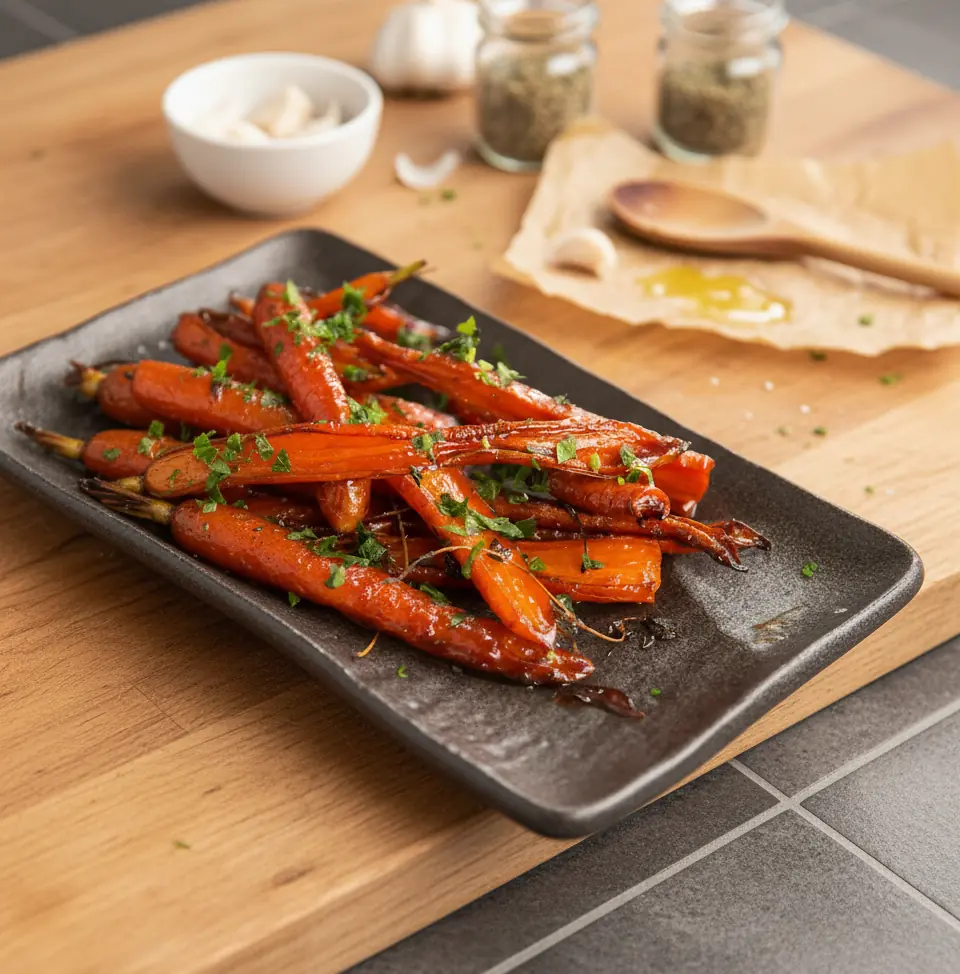
FAQ: Honey Balsamic Roasted Carrots
What does roasting carrots in balsamic vinegar do?
Roasting with balsamic vinegar enhances the carrots’ natural sweetness and adds depth from the vinegar’s acidity. It also creates a sticky glaze that caramelizes as it cooks.
Can I make honey balsamic carrots ahead of time?
Yes! You can roast the carrots in advance and finish with the remaining glaze just before serving. Store them in the fridge and reheat in the oven for best texture.
How do you get carrots to caramelize in the oven?
Use a moderate oven temperature (375°F), space them out on the tray, and avoid turning up the heat too high. Roast in two stages with the glaze for deep caramelization.
What herbs pair well with balsamic roasted carrots?
Fresh thyme is ideal for roasting, while parsley adds a bright finish. Avoid dried thyme, which can become overpowering or too crispy in the oven.
Conclusion
With just a few ingredients and simple steps, these Honey Balsamic Roasted Carrots bring a perfect balance of sweetness, acidity, and warmth to the Thanksgiving table. They’re elegant but approachable, flavorful but easy to prepare ahead, and a refreshing contrast to heavier sides. Whether you’re looking to impress guests or just want a vegetable dish that doesn’t get ignored, this recipe delivers every time. Roast, glaze, and serve it’s that simple.
